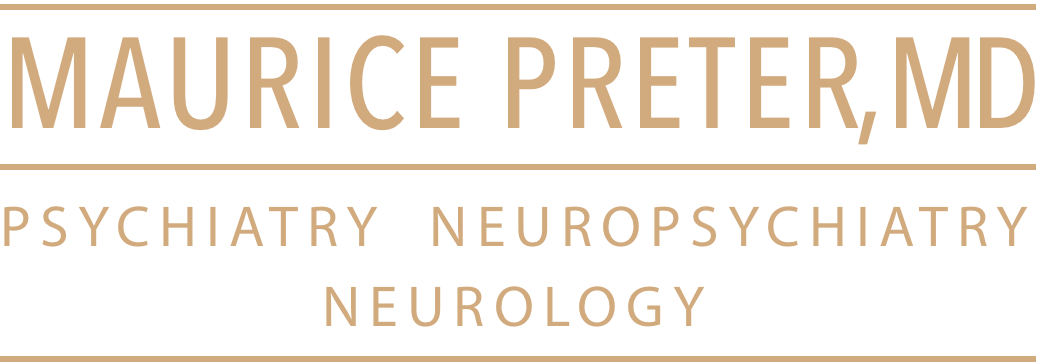Psychotherapy offers invaluable support for individuals grappling with grief, loss, and loneliness. These interconnected experiences can profoundly impact mental health and overall well-being, making professional intervention crucial for many. Let’s explore the multifaceted benefits of psychotherapy in addressing these challenging life circumstances.
Validation and Emotional Processing
One of the primary benefits of psychotherapy for grief, loss, and loneliness is the creation of a safe, supportive environment where individuals can freely express their emotions[1]. This validation is crucial, as it allows people to acknowledge and process their feelings without judgment. In therapy, individuals learn that their reactions are normal and part of the healing process, which can be incredibly reassuring during times of emotional turmoil.
Development of Coping Skills
Psychotherapy equips individuals with essential coping skills to navigate the complex emotions associated with grief, loss, and loneliness[1]. These skills may include mindfulness techniques, stress management strategies, and methods for reframing negative thoughts. By developing a robust toolkit of coping mechanisms, individuals become better equipped to handle emotional challenges both in the present and future.
Improved Mental Health
Grief, loss, and loneliness can often lead to or exacerbate mental health issues such as depression, anxiety, and post-traumatic stress disorder (PTSD)[1]. Psychotherapy addresses these concerns directly, helping individuals manage symptoms and improve their overall mental health. Through various therapeutic approaches, such as cognitive-behavioral therapy (CBT), individuals can learn to identify and modify unhelpful thought patterns and behaviors that contribute to their distress[2].
Enhanced Self-Awareness
Engaging in psychotherapy promotes increased self-awareness, which is particularly beneficial when dealing with grief, loss, and loneliness[4]. This heightened understanding of one’s emotions, thoughts, and behaviors allows individuals to recognize unhealthy patterns and make positive changes. Self-awareness also facilitates personal growth and can lead to more fulfilling relationships and a stronger sense of self.
Reduction of Isolation
Loneliness and isolation are common experiences for those dealing with grief and loss. Psychotherapy helps combat these feelings by providing a consistent, supportive relationship with a therapist[4]. Additionally, group therapy sessions can connect individuals with others who have similar experiences, fostering a sense of community and shared understanding[7].
Personalized Approach to Healing
Psychotherapy recognizes that grief, loss, and loneliness are deeply personal experiences. Therapists tailor their approach to each individual’s unique circumstances, ensuring that the healing process aligns with their specific needs and cultural background[9]. This personalized care allows for a more effective and meaningful therapeutic journey.
Acceptance and Integration of Loss
One of the key benefits of psychotherapy in dealing with grief and loss is its ability to help individuals move towards acceptance[9]. While the goal is not to “get over” the loss, therapy can assist in integrating the experience into one’s life narrative. This process involves finding new ways to honor and remember loved ones while also moving forward with life.
Improved Social Skills and Relationships
For those struggling with loneliness, psychotherapy can be instrumental in developing and enhancing social skills[5]. Cognitive-behavioral therapy, in particular, can help individuals identify and challenge negative thought patterns that contribute to social isolation. By improving communication skills and building confidence in social situations, therapy can pave the way for more meaningful connections and relationships.
Long-Term Resilience
The benefits of psychotherapy extend beyond immediate relief. The skills and insights gained through therapy contribute to long-term emotional resilience[1]. This resilience equips individuals to better handle future challenges, losses, and periods of loneliness, promoting overall psychological well-being.
Holistic Healing
Psychotherapy addresses not only the emotional aspects of grief, loss, and loneliness but also their physical manifestations. Many individuals experience physical symptoms such as fatigue, insomnia, or changes in appetite[1]. By addressing these issues holistically, therapy promotes overall health and well-being.
Conclusion
The benefits of psychotherapy for those experiencing grief, loss, and loneliness are profound and far-reaching. From providing emotional validation and developing coping skills to improving mental health and fostering long-term resilience, therapy offers a comprehensive approach to healing. It’s important to remember that seeking help is a sign of strength, not weakness. For those struggling with these challenging life experiences, psychotherapy can be a powerful tool in the journey towards healing, growth, and renewed connection.
As we navigate the complexities of human experience, psychotherapy stands as a beacon of hope, offering guidance, support, and the tools necessary to rebuild and thrive in the face of life’s most difficult challenges. By embracing the therapeutic process, individuals can not only find ways to cope with their current struggles but also develop the resilience and self-awareness needed to lead more fulfilling lives in the future.
To explore how psychotherapy in NYC can address your needs, contact Dr. Preter’s Manhattan practice for a confidential consultation
Citations:
[1] https://www.pfacounseling.com/hope–healing-grief–trauma-therapy.html
[2] https://psychiatryonline.org/doi/10.1176/appi.psychotherapy.72402
[3] https://ccaa.net.au/wp-content/uploads/2018/09/CCAA-2021-Web.pdf
[4] https://www.talkspace.com/blog/benefits-of-grief-counseling/
[5] https://counselingcentergroup.com/cbt-for-loneliness/
[6] https://www.santacruzhumanservices.org/Portals/0/CORE/CORE%20Investments%20Annual%20Report%20FY%2022-23.pdf?ver=SLV2PxsVH6CUVZID8WDo2A%3D%3D
[7] https://abundantlivingrome.com/5-surprising-benefits-of-grief-counseling/
[8] https://www.samhsa.gov
[9] https://www.sciencecare.com/blog/grief-counseling-what-are-the-benefits

